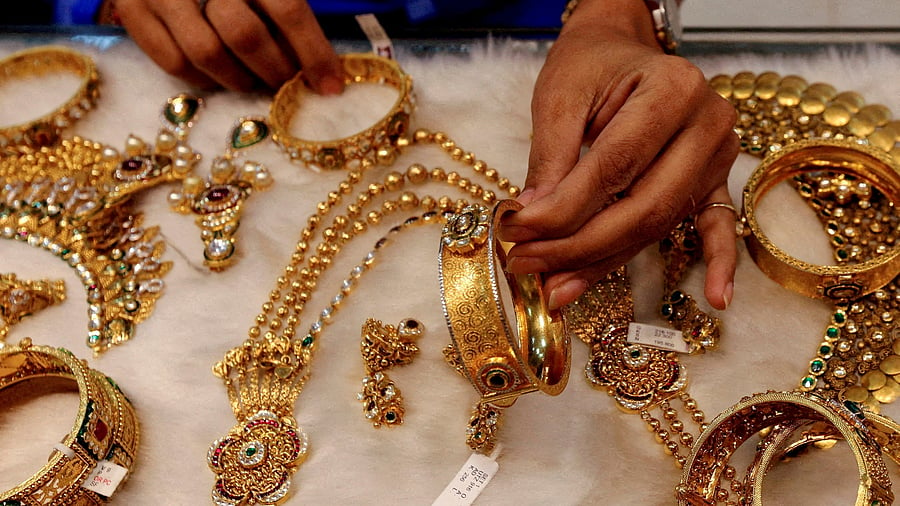
Representational image only.
Credit: Reuters Photo
India’s share in global gold production is around 0.05%, while, on the contrary, Indian women hold 24,000 tonnes of gold as per the World Gold Council (WGC). Given the current all-time high prices of gold, there has never been a more opportune moment to scale up domestic exploration and mining.
India is recognised as one of the world’s oldest gold mining centres. Evidence suggests that gold was mined here as far back as 6,000 to 8,000 years ago. Ancient Indians mined gold using panning for gold at over 900 sites. In many places, panning is still practised even today. At Hutti in Karnataka, the carbon dating of wood samples from the Uti Gold Mine indicates that gold mining began about 4,000 years ago.
Remarkably, early prospectors were not limited to rudimentary methods such as panning. They developed and employed techniques such as fire-setting and quenching to fracture rocks, along with methods to dewater sub-surface mines. Such innovations reflect advanced understanding of mining, long before the modern era. The legacy of ancient Indian gold mining deserves renewed curiosity—not just among the public, but also among explorers, miners, researchers, and investors.
Systematic exploration for gold began in 1851 under the Geological Survey of India (GSI). According to the Indian Bureau of Mines (IBM), the country’s total gold ore reserves and resources are estimated at 502 million tonnes, with a gold metal content of 655 tonnes. These resources, spread across more than 400 prospects, require extensive deep diamond drilling and exploratory mining to assess feasibility and viability for gold mining.
The Kolar Gold Fields, which operated from 1884 to 2001, were once among the deepest and most productive mines globally, yielding over 800 tonnes of gold before closure due to economic non-viability. Today, primary gold production is limited to around 2 tonnes per year, mainly from the Hutti Gold Mines (HGML) operating at Hutti, Uti and Hira-Buddinni in Karnataka. Some additional gold is recovered as a by-product of copper mining.
India is the second largest gold market globally, with annual demand touching around 800 tonnes—about 25% of the world’s gold demand. Yet, domestic supply of gold is minimal within the country, and its colossal demand is met largely through imports.
The gems and jewellery sector is one of the largest in the world, contributing around 29% to global jewellery consumption and giving employment to around 6.1 million skilled and semi-skilled workers. Jewellery comprises 85% of domestic gold consumption, followed by electronics (6%), medals and coins (2%), and other uses (2%).
At present, producing gold from underground mines costs approximately Rs 4,500 per gram, while the market selling price averages around Rs 8,000 per gram. During 1884, the production of gold in Karnataka was 5.3 tonnes when the sale price of gold was just Rs 2.50 per gram. The production peaked at 14.7 tonnes in 1906 but today stands at a modest 1.8 tonnes per year.
Now is the best time for significantly stepping up the exploration and mining in India, as the gold market is at an all-time high. Leaving explored and defined gold ore resources untapped is akin to locking up wealth underground--useless to the economy. Active gold mining could positively impact employment, rural livelihoods, the current account deficit, and broader socio-economic development.
India holds significant potential to kick-start gold mining. Hence, a major national effort – focused on exploration, development, and the establishment of new gold mines – must be prioritised at the highest levels of policy and decision-making.
(The writer is a former
executive director and member, Board of Directors, Hutti Gold Mines, and is currently with the National Institute of Advanced Studies, Bengaluru)